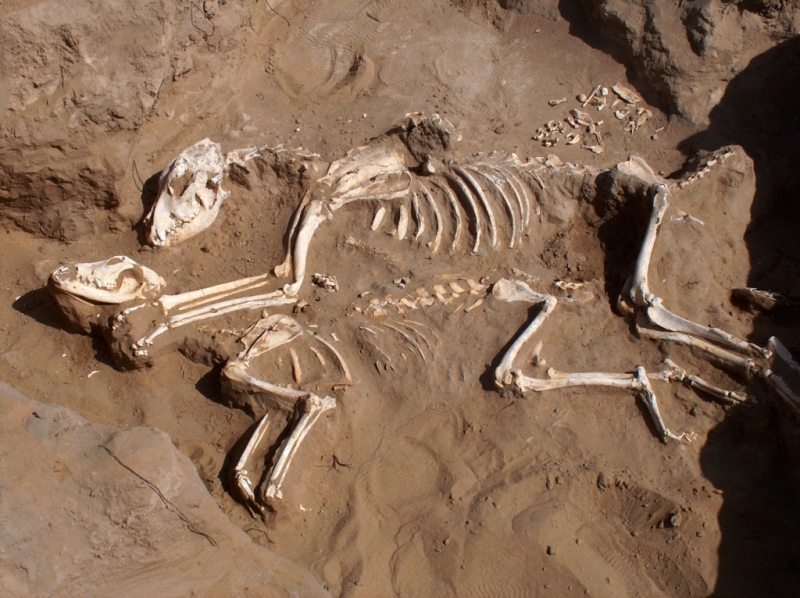 Archaeological excavations show that people lived on the territory of today Turkmenistan three million years ago. Scientists think that the Caspian Sea, which was wider than it is at the present time, began to dry up and recede, and as a result of this process the Kara-Kum desert appeared. At this time, especially in the Neolithic epoch, agriculture was spread in Southern Turkmenistan, while cattle breeding and fishery were developing in the north. According to the remains in Togalak -Tepa, Chopan-Tepa and Geok-Tepa, it was turned out that the first human settlement in Turkmenistan appeared between the 70th and 50th centuries BC.
Archaeological excavations show that people lived on the territory of today Turkmenistan three million years ago. Scientists think that the Caspian Sea, which was wider than it is at the present time, began to dry up and recede, and as a result of this process the Kara-Kum desert appeared. At this time, especially in the Neolithic epoch, agriculture was spread in Southern Turkmenistan, while cattle breeding and fishery were developing in the north. According to the remains in Togalak -Tepa, Chopan-Tepa and Geok-Tepa, it was turned out that the first human settlement in Turkmenistan appeared between the 70th and 50th centuries BC.
In the sixth century BC the territory of today Turkmenistan was conquered by the Persian dynasty – the Akhamenids, in the IV century BC, the southern part of present-day Turkmenistan was conquered by the troops of Alexander of Macedon. Having taken the advantage of the location of Turkmenistan on the Great Silk Road, the Persians were active in the economic and commercial life and established cities. During the reign of King Mitridat the first silver coin (“drachma”) was minted. During the excavations of ancient Nisa rhytons in the form of the horn made from the ivory (vessel), marble and silver statuettes of the ancient Greek gods were founded. Persian culture was itself a combination of Greek and Oriental cultures. One of the most special features of the Persian period was the usage of the Aramaic script. State of Persia, which lasted 470 years, was ruined in 224 AD.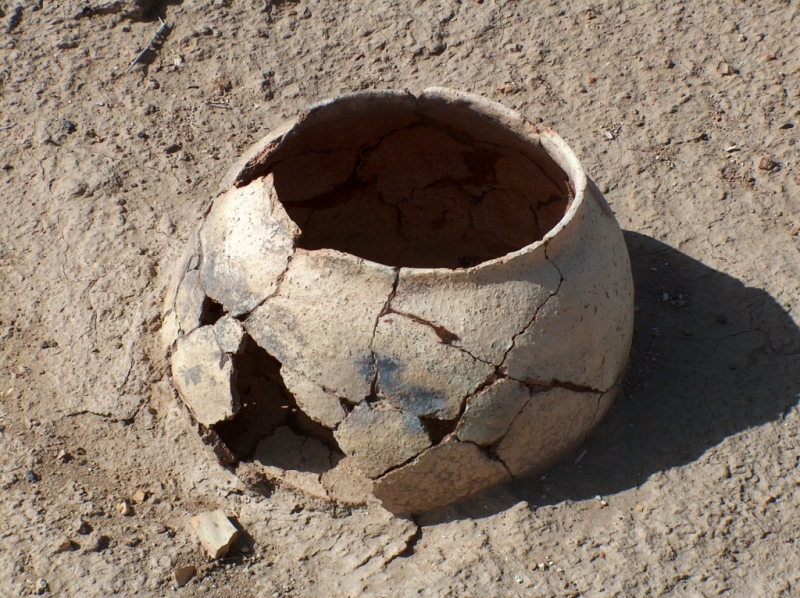
State of Persia ceased to exist in Southern Turkmenistan in the III century BC., and the short period of the Sassanids domination began. In the second half of the V century AD. Turkmenistan was under the influence of another group – the Ephtalits. Its representatives initiated the domination of Turkic peoples on the territory of Turkmenistan. In fact, the VI century AD. is famous in Turkmenistan as a century of Turkic Khagans.
The Arabs came to Turkmenistan in the middle of the VII century. They conquered Western Turkmenistan and the territory of Khorezm, and after several battles – they gained the whole Turkmenistan. In the IX century the Arab rule in Turkmenistan stopped and it was revived by the Tahirids and the Samanids.
The Ghaznavids, which appeared in the X century, ended the rule of the Samanids and started their own era. Oguz-Turkmen movement in the XI-XII centuries led to the formation of a large empire that spread from Central Asia to Syria and Palestine, and was headed by the Seljuk dynasty.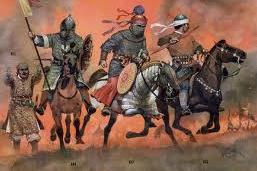
Seljuk sultans paid a great attention to science, art and construction. The most magnificent building of the Seljuk period was certainly the mausoleum of Sultan Sanjar in Merv, created by a genius architect Mukhammad ibn Atsiz from Sarakhs. As a result of the synthesis of the traditions of the ancient architectural planning with the rich ornament of Oguz tribes in the Seljuk period splendid architectural creations appeared, most of which was kept till our days. These creations are the worthless historical and cultural heritage of the Turkmen nation.
During the reign of Sultan Jaloleddin Khorezmshakh, the Khorezmshakhs captured Iran, Iraq, the whole Central Asia and Northern India. Their dynasty began to rule over the great state in the East. They built the civilization that surpassed its contemporaries in culture, art and architecture.
The Academy of Mamun in Gurganj was one of the largest scientific centers at that time. Such famous scientists as Al-Khorezmi, As-Samani, Avicenna, who invented 700 medicaments in the world pharmaceutical history, Al-Biruni, the great mathematician and others studied in this scientific institute. Having used the external and internal disturbances that took place in Khorezm State, strong armies of the Mongols started their attack at the end of 1219.
In 1221 the army of the Mongols, which was entrusted to sons of Chingis Khan Juchi, Chagatai and Ogday, attacked Gurgandj from four sides, and six months later captured the city. Thanks to some sources, it became known that during this war for about one million of people was killed by the Mongols.
The Mongol raids made the coup in the economical and cultural life of Turkmenistan and Khorezm. Libraries, dams, mosques, and scientific institutions were destroyed, hundreds and thousands of people were ruthlessly killed.
After the collapse of the Mongol Empire as a result of the internal discords, Amir Timur (Tamerlane), gathered together Turkic tribes and formed the powerful state which restored the stability in Turkestan.
In 1388 having captured Khorezm and most part of Turkmenistan, Tamerlane who had destroyed Golden Horde, expanded the territory of his supremacy in the direction towards the North.
When the Uzbek Khan Shaibani Khan, who replaced Tamerlane, suffered a defeat from Shah Ismail in Merv in 1510, Turkmenistan was conquered by the Safavises, but the Turkmen living in Khorezm, who united with the Uzbeks, did not allow the Safavises to stay in the region for a long time.
The history of Turkmenistan during the period from the XVI to the middle of the XIX centuries was defined by the relations with Iran, Khiva and Bukhara. There was a powerful fighting between the Uzbeks and the Turkmen during this period. Abul Gazi Bakhodur Khan, who was reigning between 1645 and 1663, oppressed the Turkmen in every possible way.
The Turkmen and the Russians, who had been leading the commercial relations since the XVIII century, continued to develop them in the XIX century by the way of establishing trade relations and new markets. Having started to occupy the Turkestan Khanates, the Russians built a fortress in Kizilsu (Krasnovodsk) on the shore of the Caspian Sea in 1869, and were preparing the invasion of Central Asia on its base.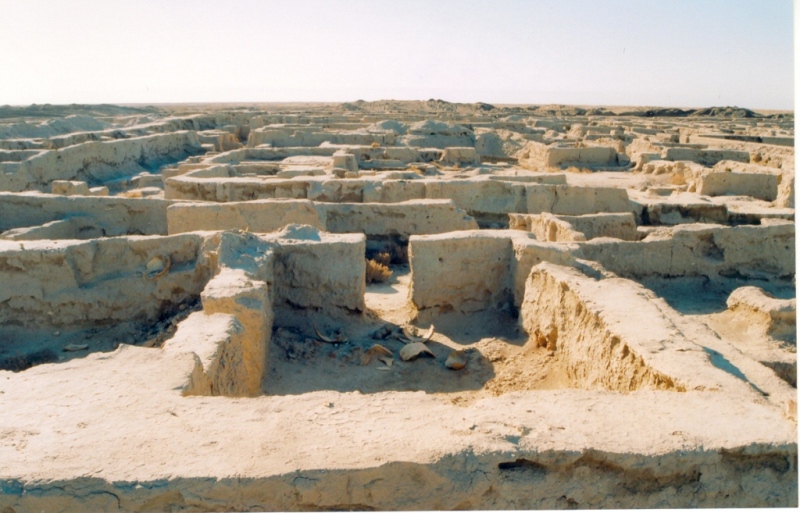
In 1864-1865 the Russians seized Kokand Khanate and conquered Tashkent and Samarkand. In 1868-1871 they conquered Bukhara Khanate and on the territory of these two Khanates they founded "Turkestan General-Gubernatorstvo" headed by the General Von Kaufman.
In 1874 they founded " Trans-Caspian Military Alliance" led by the General Lomakin. Having taken Bukhara and Khiva under their control, the Russians went forward from the Caspian Sea to the Akhal region and continued to capture new territories. As a result of it the Turkmen under the leadership of Berdi Murad Khan, the son of Nurberdi Khan strengthened Geok-Tepe Castle and dug a deep moat around it. In August, 1879 the Russians attacked Geok-Tepe, and after days-long attack by the artillery fire they captured the fortress. As a result, hundreds of the Turkmen died. After the bombing was stopped, the Turkmen launched an attack against the Russians and drove them back to the shores of the Caspian Sea. And nevertheless, Berdi Murad Khan was killed in this battle.
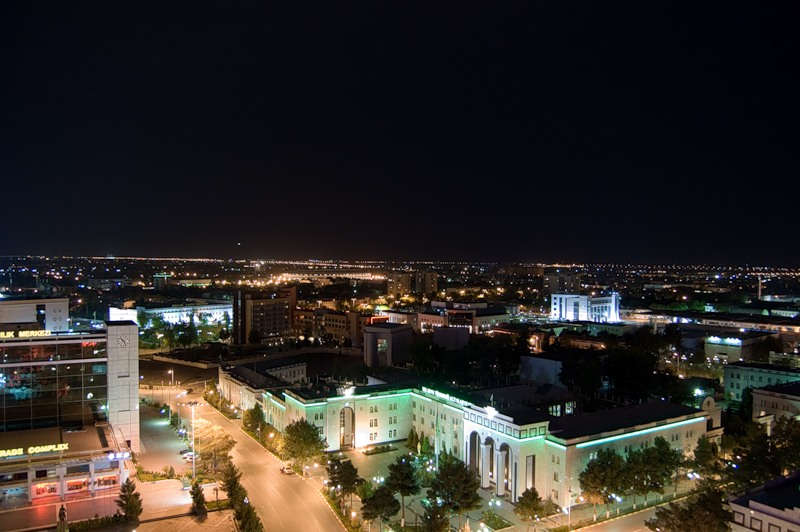 In December, 1880 the Russians came back to Geok Tepe, dug the underground tunnel leaded to the fortress, blew up the entrance gate and captured the fortress.
In December, 1880 the Russians came back to Geok Tepe, dug the underground tunnel leaded to the fortress, blew up the entrance gate and captured the fortress.
In January 18, 1881, after the fighting in Geok-Tepe, the Russians went to Ashgabat and founded Eastern Caspian region, which included such cities as Mangishlak, Kiziisy, Ashgabat, Tejen and Merv.
For seventy years, Turkmenistan had been a part of the Soviet Union. In October 27, 1991, on the 10th extraordinary session of the Supreme Council of Soviet Socialist Republic of Turkmenistan, the law "about the independence and foundation of Turkmenistan" was adopted . This day was proclaimed Independence Day of Turkmenistan.
Turkmenistan & Uzbekistan for 9 days (9 days)
Central Asia Tour - 3 (8 days)
Turkmenistan – Uzbekistan –12 days (12 days)
One day tour to Ashgabat (1 days)
One day tour to Merv (1 days)
Darvaza tour (1 days)
Darvaza & Kunya-Urgench city tour (1 days)
Merv city tour (1 days)
Spectacular 2 day in Turkmenistan (2 days)
Tour to the gas crater Darvaza (2 days)
Darwaza – Ashgabat Tour from Khiva (3 days)
Darwaza – Ashgabat tour from Khiva (4 days)
Turkmenistan Classics: 11 days (11 days)
Navruz tour - Turkmenistan (7 days)
6 day tour in Turkmenistan (6 days)
11 day tour to Turkmenistan (11 days)
5 day tour in Turkmenistan (5 days)
Turkmen Akhalteke Horse Day Tour (6 days)
Turkmenistan & Uzbekistan for 12 days (12 days)
Turkmenistan & IRAN for 11 days (11 days)
5 Stan tour in Central Asia (25 days)
Copyright © 2008 - 2024 Anur Tour Turkmenistan